Polyphony 1945
- 2017
- The Nakuta School / NAKANOJO Biennale / Gunma,Japan
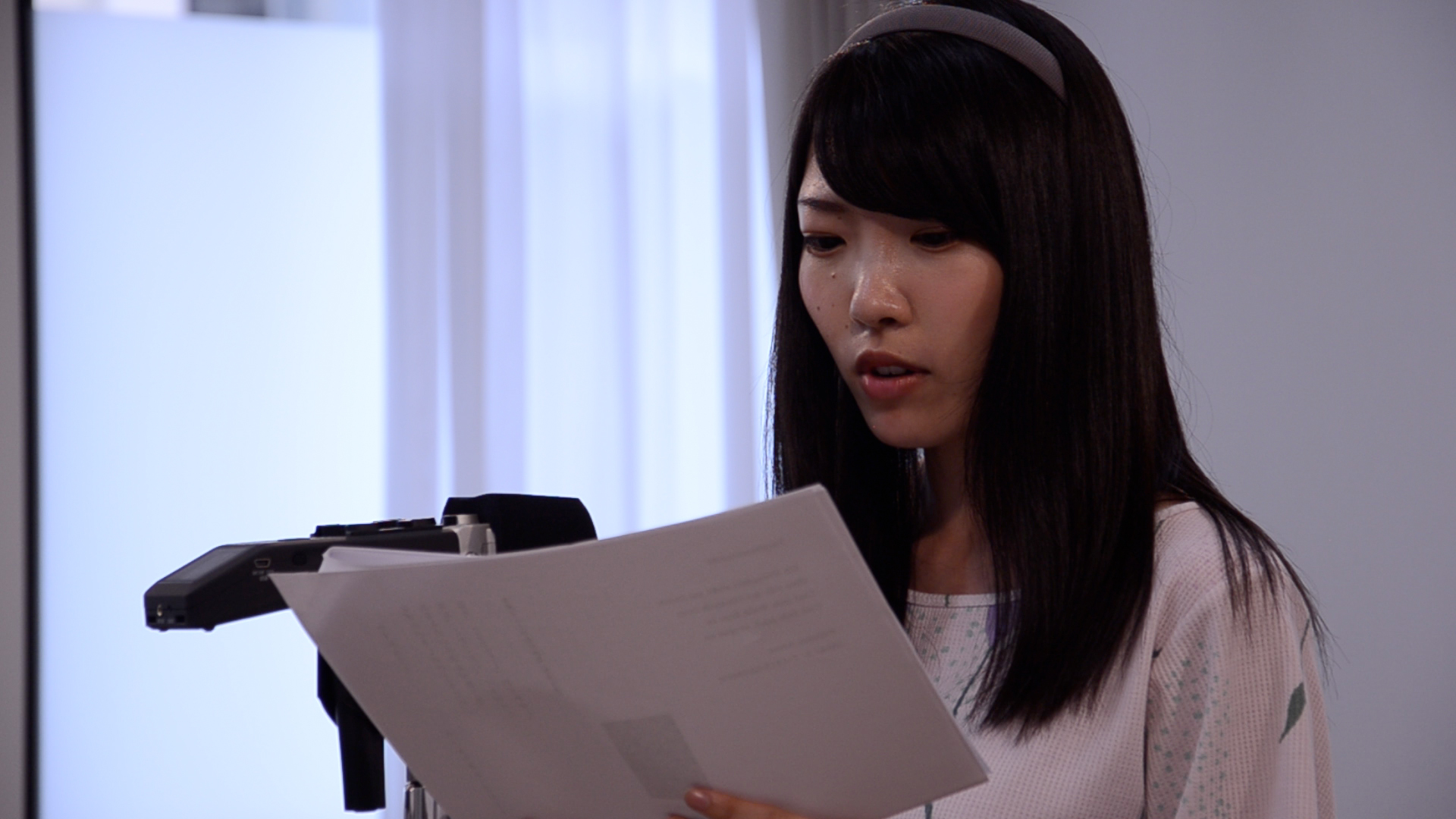
《Polyphony 1945 》 represents new polyphonic sound.It features voices of reading old letters written to one school alumnus from 7 young women who graduated from girls' school in Tokyo during World War II.The texts of the letters are converted to the voices of 7 modern young actresses and are played by 7 sound speakers.These voices deliver a new reality and a narrative that transcend time and space, by overlapping small episodes and monologues, which emerge synchronically and change into a diachronic way.
Polyphony in the title comes from the musical term.
Polyphonic music progresses in harmony while two or more independent melodies overlap simultaneously.
Moreover, in literature, Polyphony means a structure and a concept that some characters who are independent from the personality of the author speak to each other and form one work.
In this work, based on the concept of the Polyphony, I define the reading voices of the letters as individual melody lines.
Multiple melody lines arranged by the date of the letters are played simultaneously and chronologically.
Also, one voice (melody) of a certain person comes from each audio speaker.
From March 1945 to the defeat of August, and to the postwar period, the voices (words) written by them miss each other or coincide as if they talk.
The individual melodies that they had never shared with each other and the big stream of consciousness they had shared are released into the present space by the voices of contemporary women who speak several episodes and monologues.
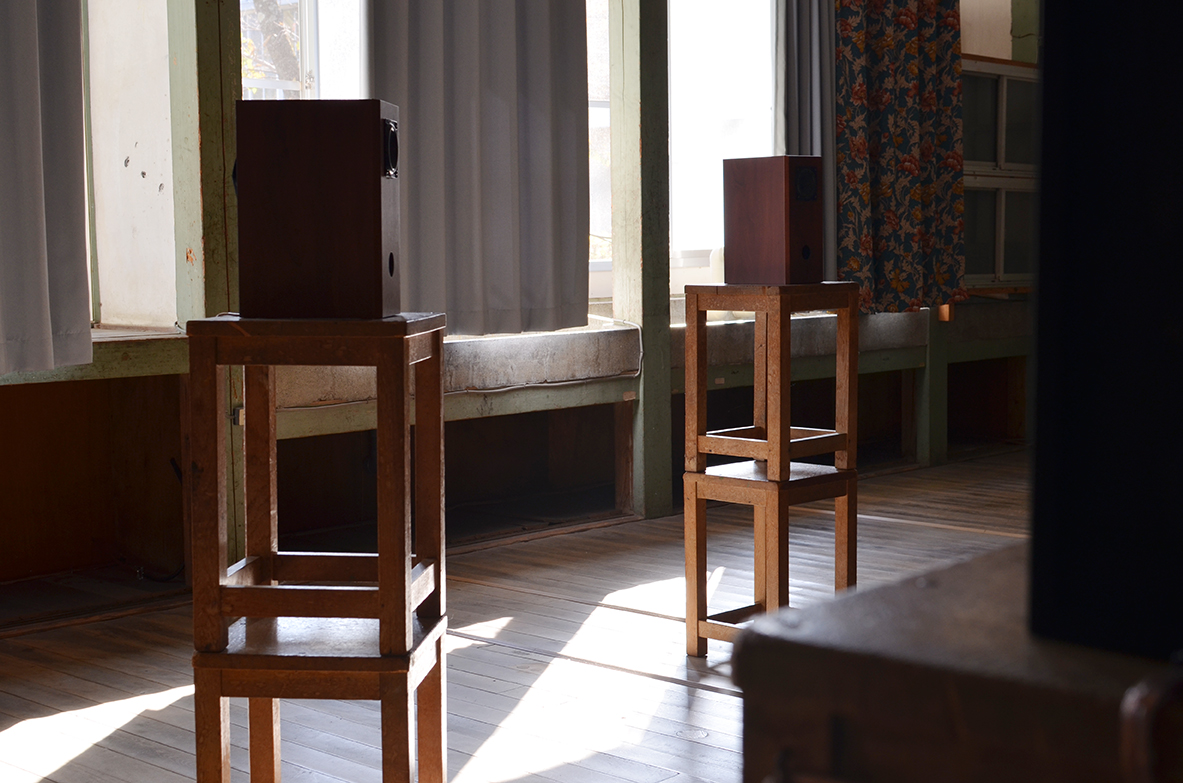
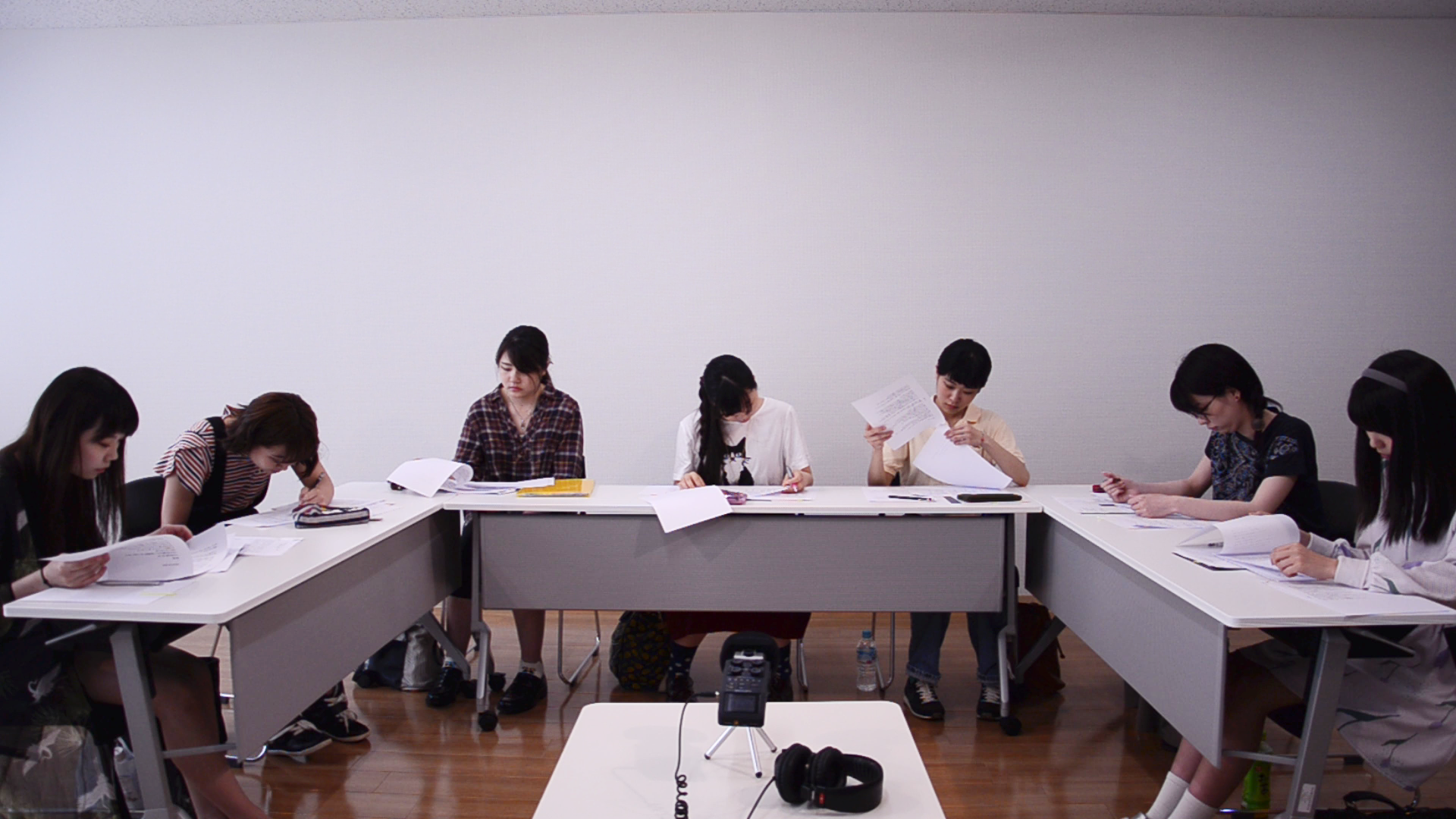
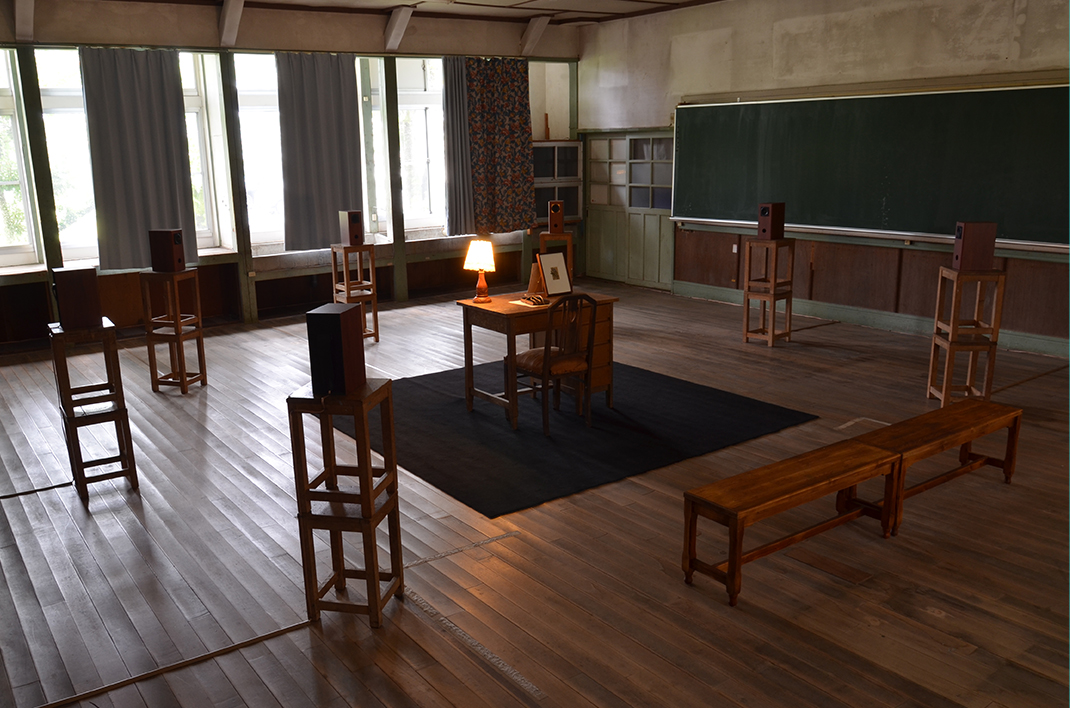
The piano piece heard occasionally in the performance is Bach's 《The Well-Tempered Clavier, BWV 858》.Some performances are recorded separately for each part, and the sounds coming from each speaker become a piece of music for the first time in the installation place.According to the database of western music program kept in Japan Broadcasting Corporation, during the World War II, classical programs from the radio continued to be broadcast in Japan and piano solos had been also broadcasted.There are some descriptions about these classical programs in their letters.
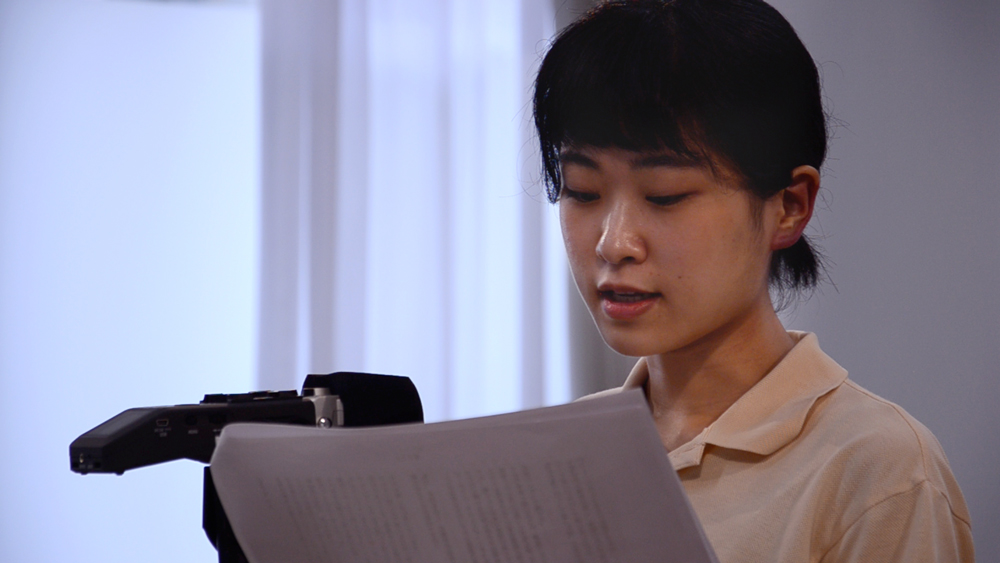
- ⑴.《Polyphony 1945》
- 2017
- 7 channel sound installation, mixed media
- 39min (At the first performance 2017)
- Cast:Hodaka Kiyozumi Kun Jinnai Moeka Takeda Shiho Tanaka Hatsuho Hamada Kotomi Miyashiro Yuko
- Piano performance:Ayame Nakae
- Sound recording:Kiyono Kobayashi
- Video recording:Aya Ooshima Yusuke Kaneko Mayumi Sano
- Technical support:Chinatsu Yokomizo
- Special cooperation:Writers of the old letters, and their families Alumni association of girl's school in Tokyo
- Size:Dimension variable
- Venues:The Nakuta School / Gunma,Japan

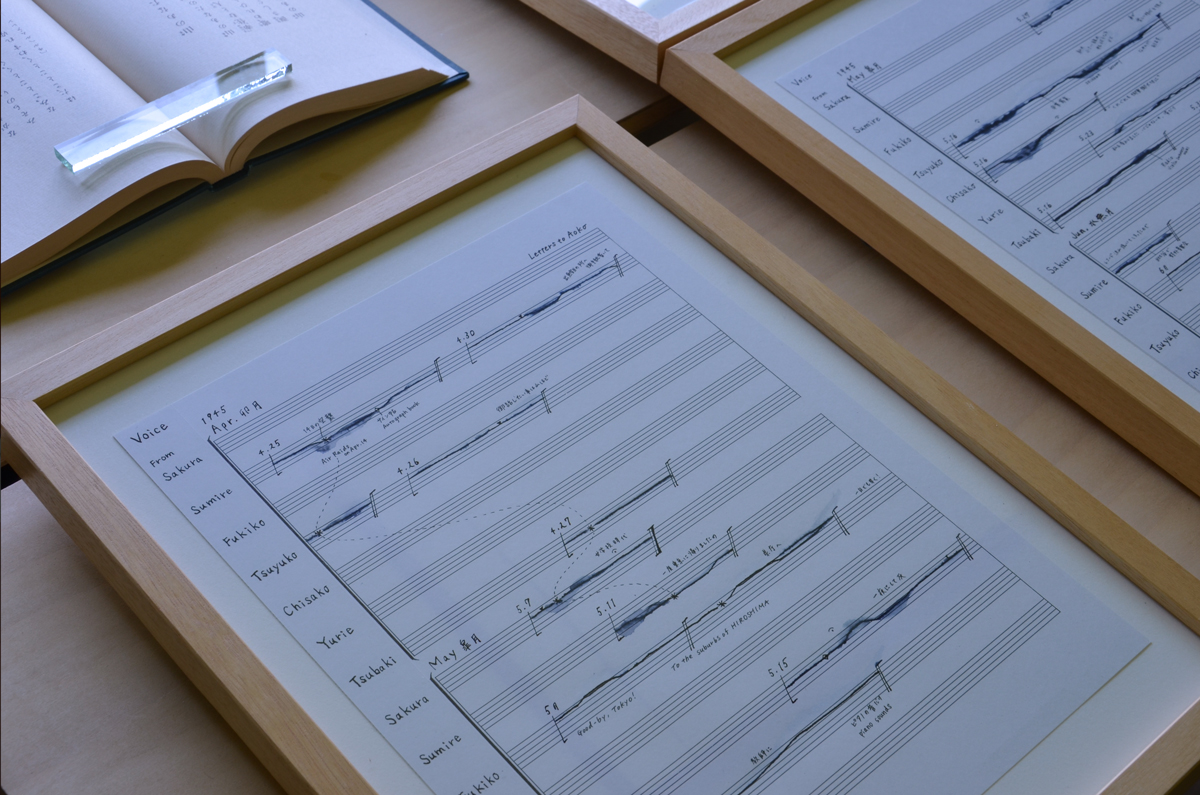
- ⑵.《 "Polyphony 1945" score - first draft -》 2017 score, ink
- 2017
- Material:score, ink
- ize:Dimension variable
A score of polyphony sound in connection with making "Polyphony 1945" .
Timeline of changes in sentiments seen in letters sent by seven former schoolgirls between March 1945 and March 1946.